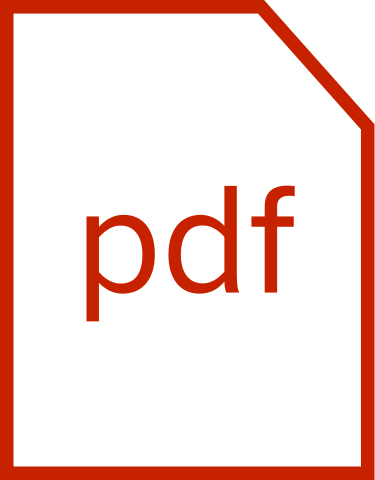THE WOODLANDS, Texas, Feb. 28, 2020 /PRNewswire-PRWeb/ -- The February 2020 edition of The Bridge, the materials science newsletter from Rigaku Corporation, is available online on the company's global website. The Bridge features current news and analysis techniques related to X-ray based materials science, including X-ray diffraction (XRD), fluorescence and imaging.
The featured article for February covers the evaluation of crystalline polymer materials using a 2D small angle X-ray scattering / wide angle X-ray scattering (SAXS/WAXS) system. The paper includes examples of analyzing polypropylene, polyethylene and polybutylene. It explains the difference between scanning-type measurement and transmission/exposure measurement, and presents the analysis of crystallinity, orientation and long period structure based on 2D diffraction images and crystalline polymers.
This month's X-ray diffraction technical note discusses the evaluation of stress distribution by Micro Area XRD. Shot peering is a surface treatment method used to improve the durability and reliability of metal parts and residual stress measurement by XRD is the most common method used to evaluate its effect.
The wavelength dispersive X-ray fluorescence (WDXRF) application note presents the use of the "OXIDE-FB-PAK," a special analysis package for determination of oxide materials by the fusion method, a sample preparation technique for powder samples that eliminates heterogeneity from grain size and mineralogical differences.
Another application note describes the analysis of nuclear power plant cooling water filters by energy dispersive X-ray fluorescence (EDXRF). Excessive metal content can contribute to corrosion in the cooling systems in power stations, but monitoring the cooling water for excessive metal content can help minimize corrosion.
The featured video presents an introduction to the X-ray computed tomography (CT) technique, showing how it works and how it can be applied to scientific research. It includes an introduction to the technique, instrumentation and application examples.
Finally, a collection of news reports presenting the latest developments in materials science, along with a preview of upcoming events, is also included.
Readers can subscribe to the newsletter or view the current issue online at
https://www.rigaku.com/subscribe
About Rigaku
Since its inception in Japan in 1951, Rigaku has been at the forefront of analytical and industrial instrumentation technology. Rigaku and its subsidiaries form a global group focused on general-purpose analytical instrumentation and the life sciences. With hundreds of major innovations to their credit, Rigaku companies are world leaders in X-ray spectrometry, diffraction, and optics, as well as small molecule and protein crystallography and semiconductor metrology. Today, Rigaku employs over 1,400 people in the manufacturing and support of its analytical equipment, which is used in more than 90 countries around the world supporting research, development, and quality assurance activities. Throughout the world, Rigaku continuously promotes partnerships, dialog, and innovation within the global scientific and industrial communities.
For further information, contact:
Michael Nelson
Global Marketing Coordinator
Rigaku Corporation
[email protected]
SOURCE Rigaku


Share this article